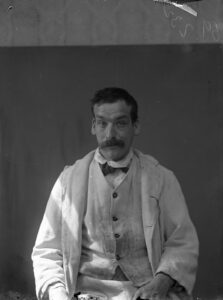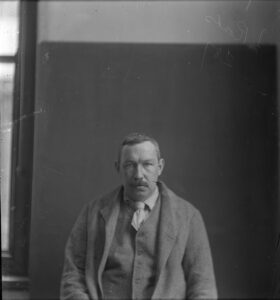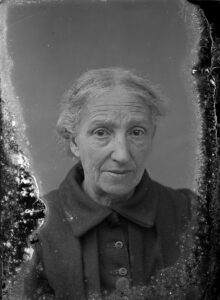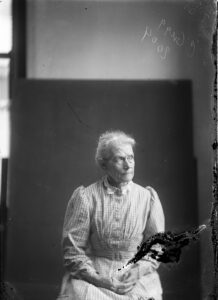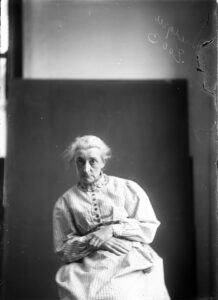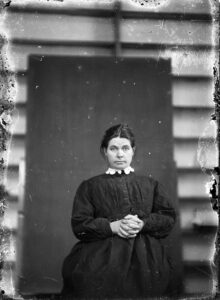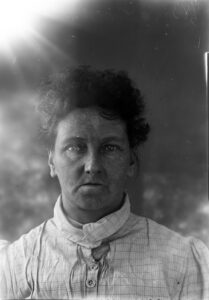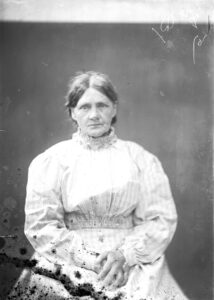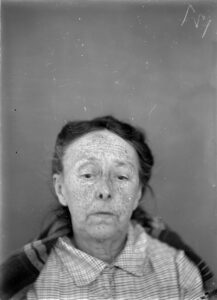Class
Over 90% of Manor Asylum’s patients were classed as ‘pauper lunatics’, compared to 98% of London’s mentally ill being termed as such. Many of the Epsom Cluster patients came from the East End of London, as the London County Council built these hospitals to support the increasing number of mentally ill people in the city requiring care.
In their presentation notes on admission, many patients’ experiences of mental illness were framed around the impact of grinding poverty, bereavement, and exhaustion from overwork. After admission, class-based impacts could still affect patients’ daily lives. Death rates in asylums rose from 11% before 1914 to 20% during the war. Several factors were to blame for this, including overcrowding of pauper patients. Being in close proximity to one another meant illnesses such as tuberculosis and the Spanish flu could spread at an alarming rate. Understaffing was also an issue, and patients might not receive the individual care and attention that was needed. Asylum patients were also disproportionately affected by a reduced diet during the Great War when compared with the impact of rationing on the general population.
But why were there so many working-class people in the workhouse in the first place? The Victorian era is associated with a concern for morality. Strict gender and class distinctions were reinforced as a reaction to social and industrial change, and any deviation from the norm was considered insanity. Mental illness throughout the Victorian and Edwardian period was often thought to be a result of a person’s environment, or a weak moral nature, meaning that alcoholism and promiscuity, including childbirth outside of wedlock, were grounds for asylum admission. Even into the 1960s, unmarried mothers might find themselves confined to Epsom’s mental hospitals for their non-adherence to marital norms. Across the twentieth century, asylums could be seen as sites for ‘containment’ and social control. Undesirable citizens could be removed from visible society into the workhouse, hospitals or ‘homes’. These places would house the sick, mentally ill and the disabled, and people might often be moved between these institutions.
As the Epsom cluster casebooks and the Horton Cemetery life histories suggest, people from all walks of life suffered from mental health struggles. However, it would often be easier for middle- and upper-class patients to leave these institutions. Private patients were admitted by their family members and could be discharged on the application of a relative or friend. The same rule applied to pauper patients, but they were much less likely to be able to utilise this mechanism – as to discharge them they would have to prove that they were able to take proper care of the person and prevent them from harming themselves or others. Generally, poorer people would have fewer resources to provide this evidence, meaning that pauper patients could spend the rest of their lives in the asylum and, on their death, would be offered a simple burial – as was the fate of the 9,000 people buried in the Horton Cemetery
